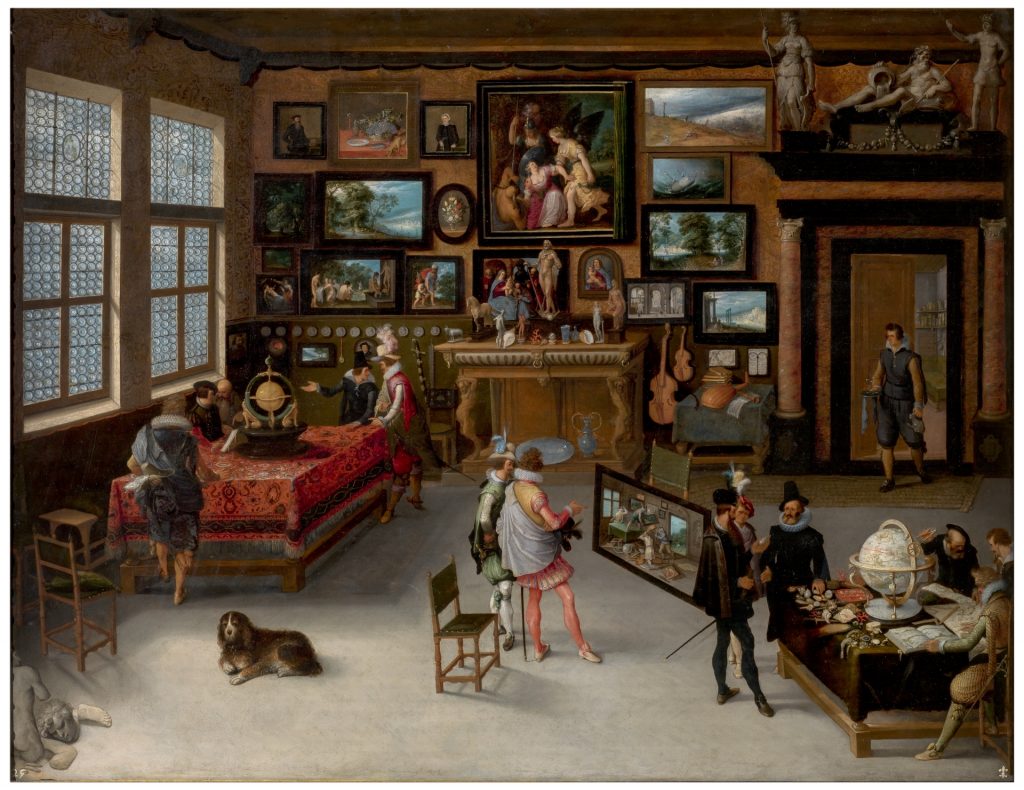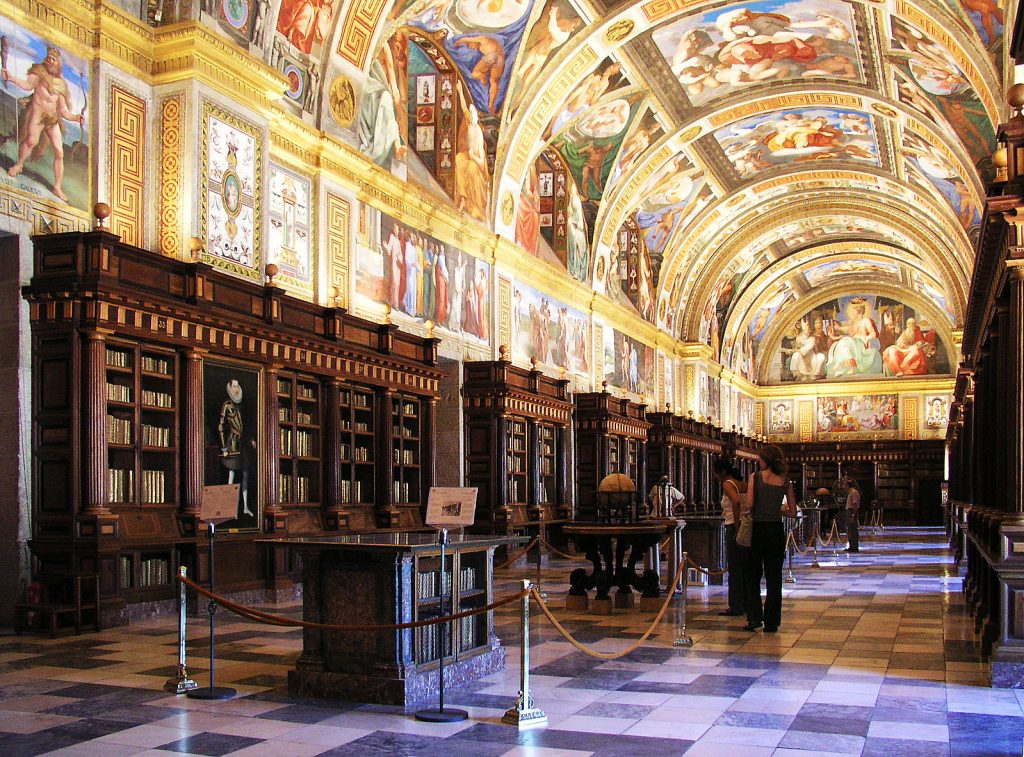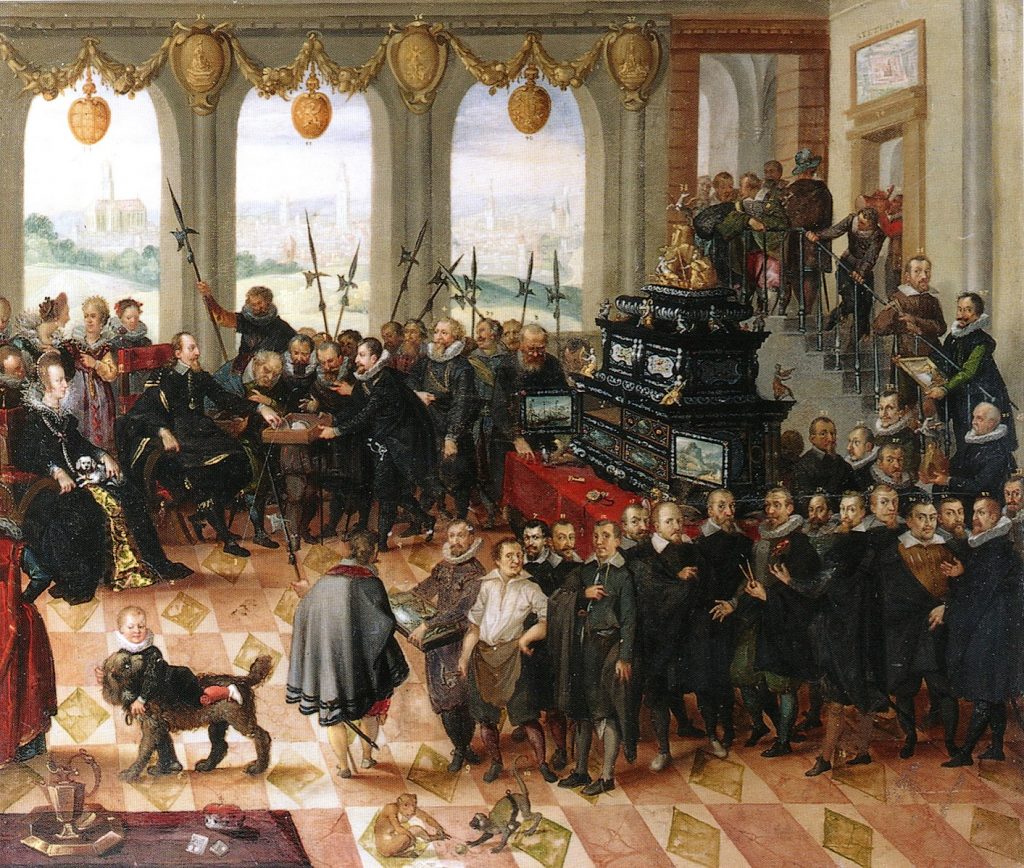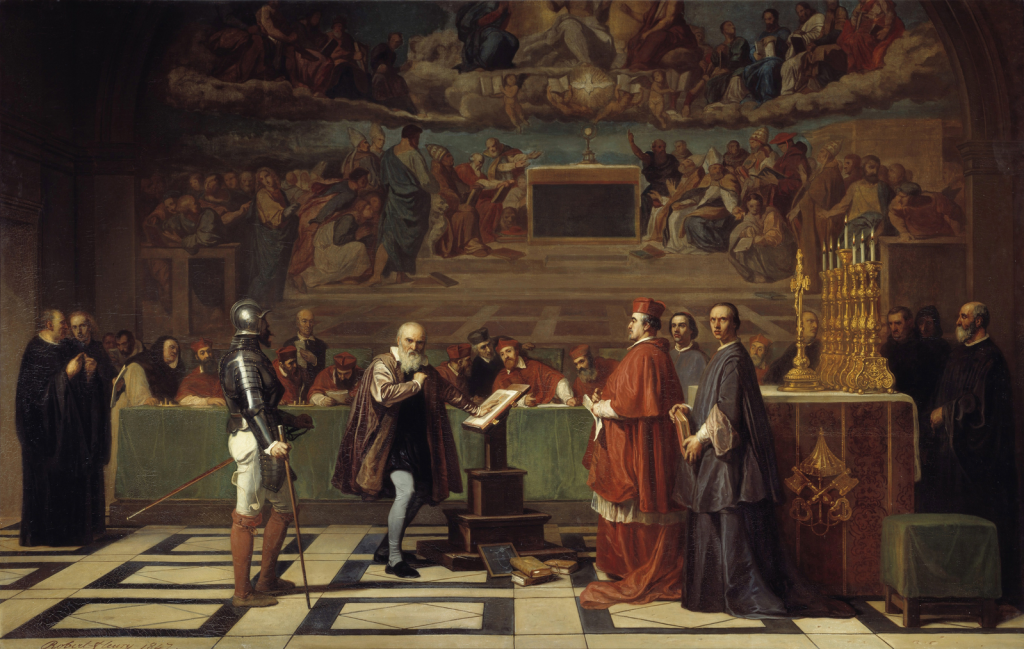—The courts of kings, viceroys, cardinals and aristocrats became, for several centuries, a privileged space for the production and circulation of scientific knowledge and experimental practices.—
The court may be considered one of the most complex environments formed by the culture of the Renaissance and the Baroque, to use two well-known terms. A setting that, by definition, represented the whole of society, but which, paradoxically, was very unrepresentative of it. The hierarchical position of the lord and his closest servants, the courtiers, placed them far away from the rest of the social pyramid of which they were the apex. An apex riddled with complex internal hierarchies, through which it was not easy to ascend, although, all too often, it was very easy to descend. The culture of the court developed a specific representation of power, of the relationship between subjects and their lord, of the position between each other in the social fabric, which was reflected in certain cultural, religious, artistic, literary and also scientific practices.

The Sciences and the Arts in the courtly space, oil painting by Adriaen van Stalbemt (around 1650). Museo del Prado.
In this way, the cultural practices of the court created new figures, such as the patron (a term from classical culture, so much liked at that time) and his or her complementary figure, the court artist, poet or philosopher (mathematician, cosmographer, physician). For the court scientist, the court constituted a place able offer him the opportunity to demonstrate the potential of his knowledge and expertise, but also to become involved in a world of intrigue, where the ultimate goal was to continue enjoying the protection of the prince, from whom all power emanated, and to remain under his protection against rivalries and adversities. It is enough to think of the example of the Medici, Lords of Tuscany, and their ’court mathematician’, Galileo Galilei, prototypes of the patron and court scientist respectively. The courtier scientist, like the artist or the poet, was characterised by two aspects that distinguished him from his peers outside the court: his position as a servant, economically dependent on the will of the lord, and his complete availability to put his knowledge at the service of the interests of power.

The Library of El Escorial. Wikimedia.
However, the situation of the court scientist does not exactly correspond to the traditional image we have of the artist. Nor is his relationship with the lord (and, therefore, with power) the same as that of artistic patronage, despite the aforementioned similarities. The most important of the distinguishing elements refers to the range and significance of the social uses (political, economic, cultural) granted to the scientific practices of the court, regarding both their protagonists and their audiences. It is not a question of reverting to categories of analysis that are always problematic, such as ‘applied science’ or ‘scientific utilitarianism’. Nor is it a question of automatically applying concepts and interpretations typical of the artistic world to the science of the time, given that, ultimately, they are inadequate to understand scientific practices and their consequences. The court recruited a whole series of figures, with occupations, trades or professions that today would be framed within the scientific sphere, but that at that time were governed by the rules of court culture, very different from those of today’s societies.

Presentation of the cabinet of curiosities to Philip II (oil painting by Anton Mozart, ca. 1617). Wikimedia.
Science, like other forms of scholarly culture, was taken from monasteries and universities, the traditional places where it was fostered, to become one more ingredient in court society in conjunction with other knowledge about the natural world that came from artisan cultures, developed outside academic or ecclesiastical contexts. Physicians, mathematicians, naturalists, cosmographers and astrologers became part of that setting. There, strongly conditioned by the relationship with their employer, the conditions of their scientific practice, the production of their works and the reception of their experimental activities or theoretical productions would be transformed. In addition, the court was not only a setting for scientific practices, but it also became an essential way of legitimising them. Thus, the first scientific academies, such as the Royal Society in London or the Académie Royale de Sciences in Paris, emerged under the protection of the monarchs. Among these academies and the respective courts, prestige and careers were negotiated, publications and prohibitions were decided, objectives and priorities were set, scientific expeditions and colonising companies were planned, new avenues of scientific knowledge were consecrated and others were discredited.

Colbert presents to Louis XIV the members of the Academy of Sciences, oil painting by Henri Testelin (1667). Wikipedia.
Much of the science emanating from the European courts of the sixteenth to the eighteenth century was thus closely linked to the interests of power, in the broadest sense of the word. A power that included the essential knowledge for the control and exploitation of the territory and the beings that populated it. Developing this knowledge, as well as the experimental practices aimed at developing and applying it, made up the most important programme of courtly science of the time. This new way of understanding the usefulness of science opened the way to new approaches in the field of Natural Philosophy, in which experimentalism and empiricism were becoming entrenched, in contrast to the intellectual sectors defending the tradition and authority of the classics. The controversies between ancient and modern, so characteristic of the Republic of Letters, helped to circulate these new approaches to experimental philosophy and to give its defenders a growing prestige. This knowledge had to be increasingly reliable and verifiable, so that it could be used in the new European military geopolitics, marked in theory by dynastic and religious disputes, but really provoked by competition in the expansion and consolidation of natural resources, both in European and in colonial territories.

Galileo appears before the papal court, as recreated by the painter Joseph-Nicolas Fleury in 1847. Wikimedia.
In summary, the court was the setting for numerous scientific practices, which were focused on three different levels: a means to exalt power, an instrument to maintain colonial empires, and a tool to facilitate the effective exploitation of the territory’s natural resources. These three levels of action were reflected in the development of different areas of scientific practice: medicine and natural history, mining and metallurgy, fortification and artillery, civil engineering and architecture, geography and cosmography.
José Pardo Tomás
IMF-CSIC
How to cite this paper:
Pardo Tomás, José. The court, a space for science. Sabers en acció, 2020-12-11. https://sabersenaccio.iec.cat/en/the-court-a-space-for-science/.
Find out more
You can find further information with the bibliography and available resources.
Recommended reading
Biagioli, Mario. Galileo cortesano. La práctica de la ciencia en la cultura del absolutismo. Buenos Aires: Katz; 2008.
Feingold, Mordechai; Giannini, Giulia, eds. The Institutionalization of Science in Early Modern Europe. Leiden: Brill, 2019.
Lafuente, Antonio; Moscoso, Javier (eds.) Madrid, Ciencia y Corte. Madrid: Community of Madrid – CSIC; 1999.
Stroup, Alice. A Company of Scientists. Botany, Patronage, and Community at the Seventeenth-Century Parisian Royal Academy of Scientists. Berkeley-Los Angeles-Oxford: University of California Press; 1990.
Studies
Andretta, Elisa; Nicoud, Marilyn (eds.) Être médecin à la cour (Italie, France, Espagne, XIIIe – XVIIIe siècle). Florencia: SISMEL – Galluzzo Edition; 2013.
Galluzzi, Paolo. Scienziati a Corte: l’arte della sperimentazione nell’Accademia Galileiana del Cimento. Florence-Livorno: Syllabus, 2001.
Guerrini, Anita. The Courtier’s Anatomists. Animals and Humans in Louis XIV’s Paris. Chicago: The University of Chicago Press; 2015.
Moran, T. Bruce. Patronage and Institutions: Science, Technology, and Medicine at the European Court 1500-1750, Rochester: Boydell Press; 1991.
Rankin, Alisha. Court Experimentalism and the Medical Skills of Anna of Saxony (1532-1585), Isis, 2007; 98 (1): 23-53.



